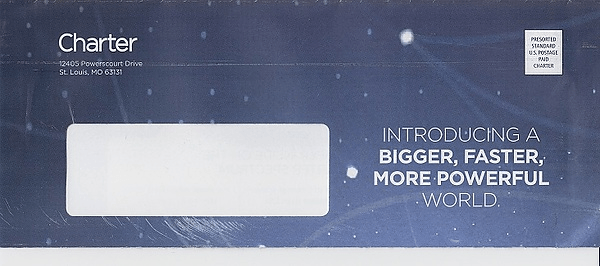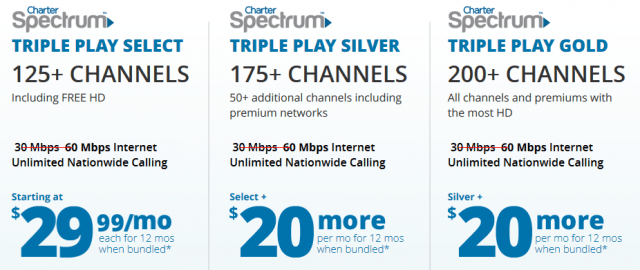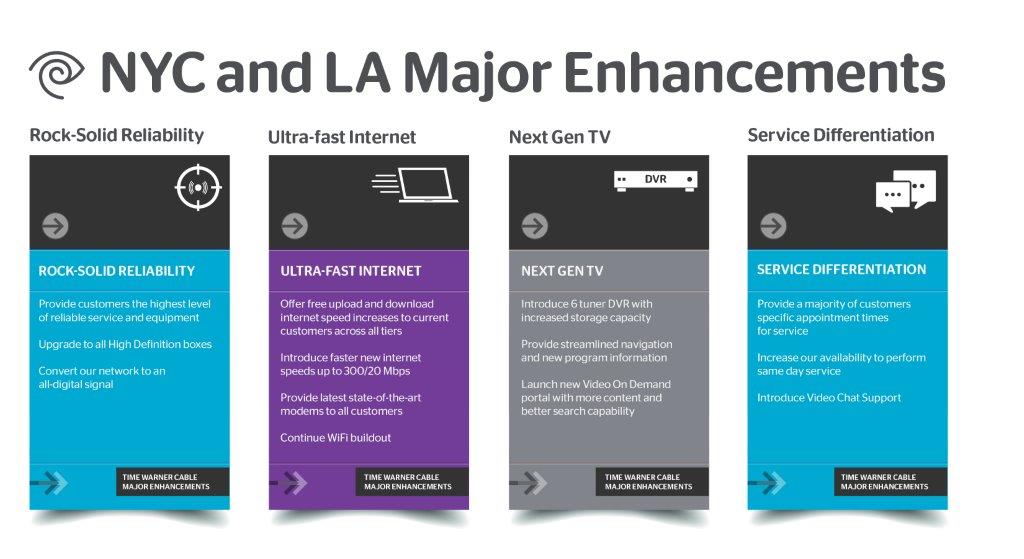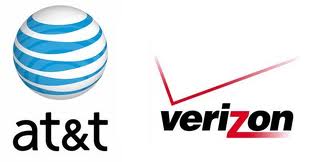Two educational public broadcasting stations in Los Angeles will soon share the same channel to make room for AT&T and Verizon Wireless’ growing needs for wireless spectrum.
KCET, a charter member of the Public Broadcasting Service (PBS) that left the network to become the nation’s largest independent TV station in 2010 will share the transmitter of KLCS, an educational PBS TV station owned by the Los Angeles Unified School District Board of Education. The move will turn back a 6MHz UHF channel to the Federal Communications Commission, to be auctioned off to the highest wireless carrier bidder in a future spectrum auction.
The two stations will share a single UHF channel, multiplexed into up to eight digital over-the-air sub-channels, equally divided between the two.
The time-sharing agreement is nothing new for KLCS, which had shared one of its digital sub-channels with Spanish language KJLA-TV earlier this year in a trial in partnership with the biggest wireless lobbying organization in the country – CTIA and the Association of Public Television Stations. The trial was designed to see how well two stations could use the H.264 compression video codec for simultaneous shared digital television transmissions. The multiplexing test, completed in March, found generally good results as long as the stations avoided concurrent HD broadcasts on the same channel. There is simply not enough bandwidth in a single 6MHz channel to handle multiple HD feeds showing complex content.
KJLA’s primary transmitter already multiplexes 10 low resolution digital sub-channels of its own, primarily in Vietnamese, Mandarin and Spanish.
When KCET and KLCS begin the channel sharing arrangement, one is unlikely to air its programming in HD. Instead, the channel space will be divided into up to eight 480i channels airing both stations’ programming lineups. For some, it will be a viewing quality downgrade. KCET was one of the first stations in Los Angeles to air HD programming, but that will be unlikely in the future.
KCET’s Channel Lineup
| Channel | Video | Aspect | PSIP Short Name | Programming |
|---|---|---|---|---|
| 28.1 | 720p | 16:9 | KCET-HD | Main KCET programming |
| 28.2 | 480i | 4:3 | KCET-LN | KCET Link |
| 28.3 | KCET-Vm | V-me | ||
| 28.4 | N H K | NHK World Japan |
KLCS’ Channel Lineup (No HD programming)
| Channel | Video | Aspect | PSIP Short Name | Programming |
|---|---|---|---|---|
| 58.1 | 480i | 4:3 | KLCS-1 | Main KLCS programming/PBS |
| 58.2 | KLCS-2 | PBS Kids | ||
| 58.3 | KLCS-3 | Create | ||
| 58.4 | KLCS-4 | MHz WorldView |
KCET is the financially weaker of the two stations, having given up its membership in PBS four years ago and seeing a dramatic decline in viewer pledges ever since. KCET sold its studio complex to the Church of Scientology in 2011 and moved its operations to smaller facilities in Burbank. KOCE-TV in Huntington Beach is now the primary PBS station in greater Los Angeles.
The Federal Communications Commission will hold its voluntary spectrum incentive auction in mid-2015, allowing stations to bid on surrendering their licenses, moving their UHF channel to an open VHF channel or sharing their channel with another station — all in exchange for cash payments. AT&T and Verizon Wireless are widely expected to be the two largest bidders for the valuable spectrum.


 Subscribe
Subscribe
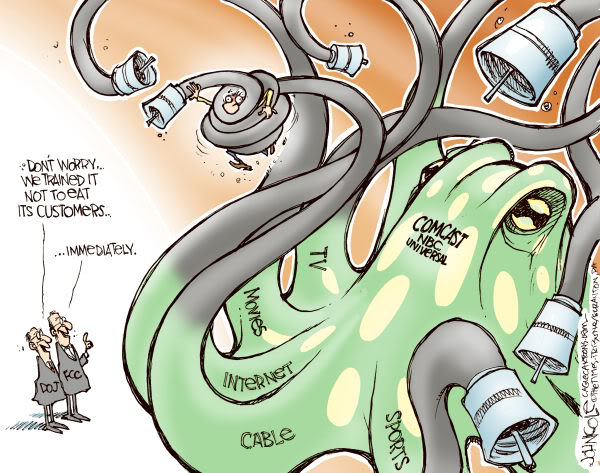 While Comcast is excited about the proposition of transitioning Time Warner Cable customers away from the current mixed analog-digital platform to an all-digital lineup, Time Warner Cable customers have paid less and avoided costly, unwanted extra equipment as a result of the choices consciously made by Time Warner Cable.
While Comcast is excited about the proposition of transitioning Time Warner Cable customers away from the current mixed analog-digital platform to an all-digital lineup, Time Warner Cable customers have paid less and avoided costly, unwanted extra equipment as a result of the choices consciously made by Time Warner Cable.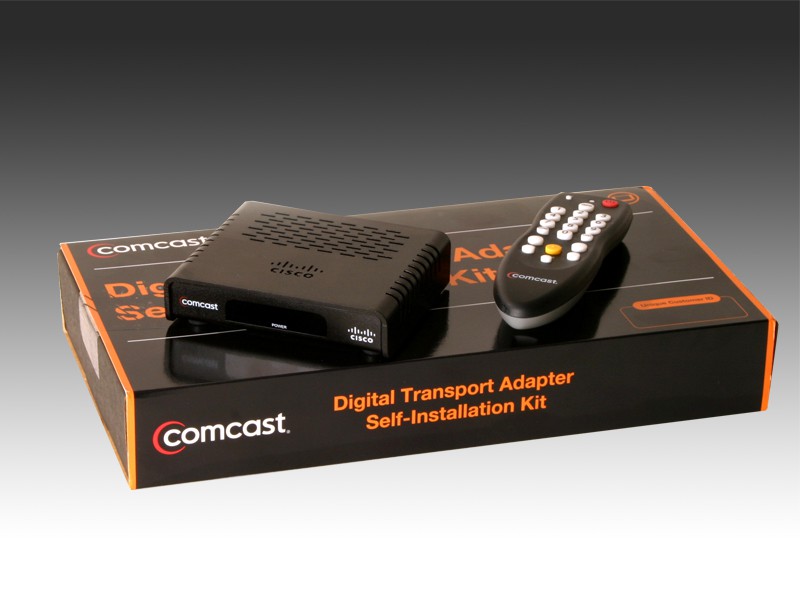 On January 1, 2013 Comcast began informing subscribers a new $1.99/month “additional outlet service charge,” now applied for each DTA installed. [7]
On January 1, 2013 Comcast began informing subscribers a new $1.99/month “additional outlet service charge,” now applied for each DTA installed. [7]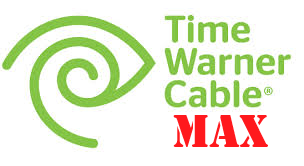 Despite its pending merger with Comcast, Time Warner Cable is still promising to boost broadband speeds by the end of this year in New York City and Los Angeles.
Despite its pending merger with Comcast, Time Warner Cable is still promising to boost broadband speeds by the end of this year in New York City and Los Angeles. Charter Communications’ latest attempt to rehabilitate its reputation with customers in Fort Worth, Tex. arrived this week in area mailboxes, as Charter reintroduced itself as “Charter Spectrum.”
Charter Communications’ latest attempt to rehabilitate its reputation with customers in Fort Worth, Tex. arrived this week in area mailboxes, as Charter reintroduced itself as “Charter Spectrum.”